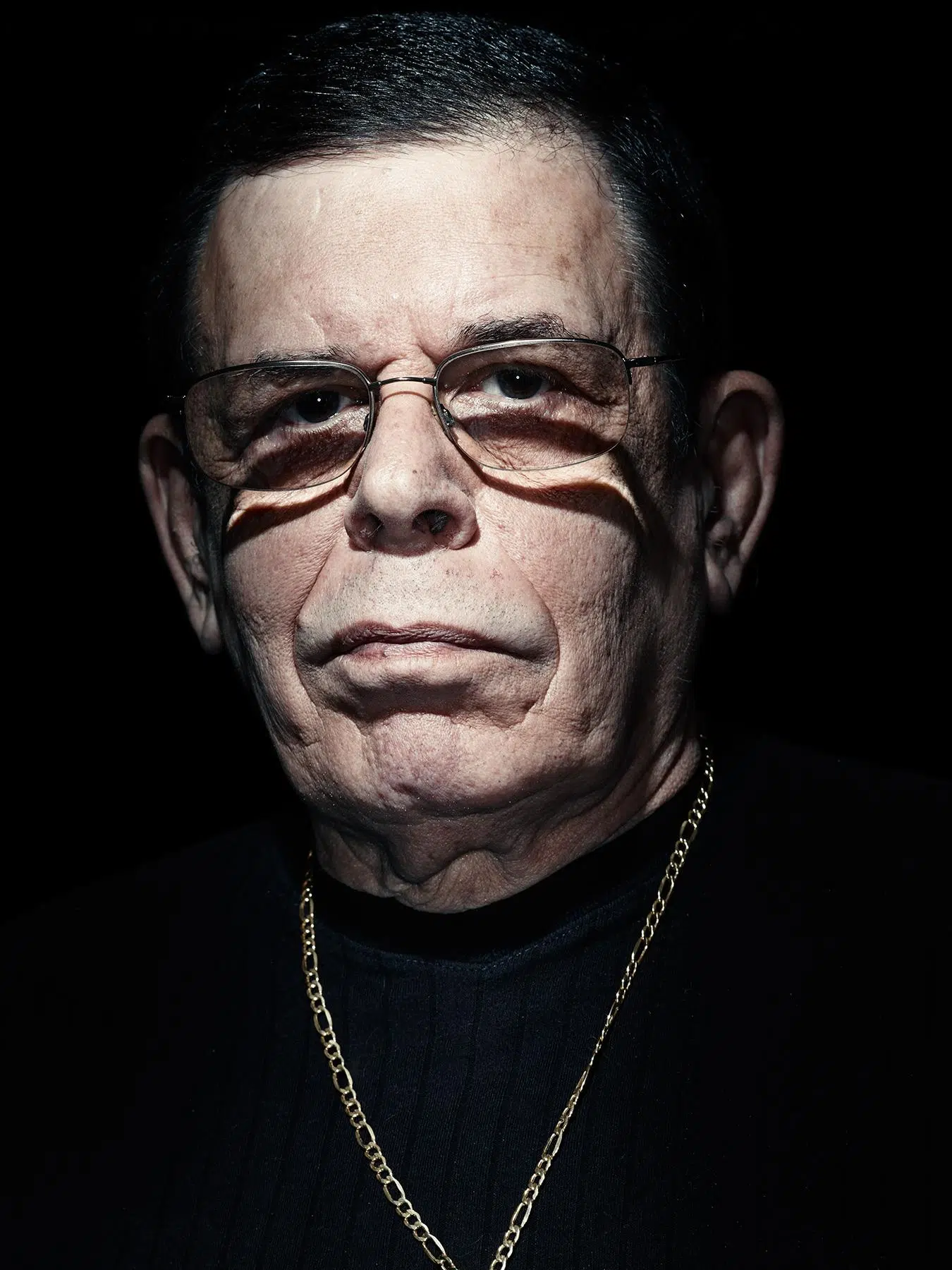By Lincoln Feast
While most 2024 Olympians will be battling for glory in Paris, the world’s best surfers will be going for gold some 16,000km away on the island of Tahiti, where the spinning blue barrels of Teahupo’o might be the real star of the show.
Competition is likely to be fierce between the sport’s traditional powerhouses but host nation France are a genuine threat after two Tahitian locals qualified to compete at their home break.
“Hosting the Olympics at Teahupo’o is the best spot they could ever pick just because it’s such a good wave at that time of the year,” said local Vahine Fierro, who won the Tahiti Pro in pumping waves in May.
“I think the Olympics are going back to where the surf was born.”
Surfing was recorded in French Polynesia, now an overseas territory of France, as early as the 12th century but only made its first Olympic appearance in Tokyo in 2021.
The surf contest in front of the idyllic lagoon-side village of Teahupo’o will bear little resemblance to Tokyo, let alone the exploits of those early wave-riders.
While Italo Ferreira and Carissa Moore carved and spun their way to gold in the murky, typhoon-churned waves of Japan’s Shidashita beach, Teahupo’o breaks perfectly over a coral reef and is renowned for its heavy, hollow tubes.
“It’s a totally different wave,” said Lucca Mesinas, who represented Peru in Tokyo and has also qualified for Paris 2024.
“Japan was a beach break and a lot of wind. It was really hard waves to surf. And Tahiti is just an amazing island with a perfect lefthander.
“It usually is barrelling, so it’s a super nice wave. It can be really big too, and it can be really strong.”
Teahupo’o, which translates as “Pile of Heads” after a gruesome local legend, was picked to stage the Olympic competition because the beaches in France are mostly flat this time of year.
While the biggest waves rise some 10m and are not as tall as those in Portugal’s Nazare or Hawaii’s Peahi, the explosive power, giant tubes and sheer volume of water set Teahupo’o apart.
Huge storms in the South Pacific generate swells of 9-12m which travel thousands of kilometres before lurching out of deep water onto the shallow reef.
A deep trench carved by fresh water running off the jungle-clad mountains provides an incredibly close and relatively safe spot for spectator boats, while judges will watch from a controversial new tower built into the reef itself.
Fierro believes the thrill of a successful wave at Teahupo’o is unmatchable.
“Paddling into a wave as hard as you can, not knowing if you’re going to make the drop or not because it’s so hollow, getting into this big blue tube that just feels like time is stopping, and then coming out with like the spit of the wave in the back, into the boats like that are right there – it’s just indescribable and the best feeling in the world.”
STRONG SWELL
Surf forecasting website Surfline is predicting good odds for a stronger-than-normal swell during the Olympic competition window from July 27-Aug. 8.
That bodes well for American John John Florence, Australian Jack Robinson and Brazil’s Gabriel Medina, all well renowned tube-riders who excel in heavy, barrelling waves.
Moore is well equipped for a tough battle in the women’s event against fellow Americans Caroline Marks, the world champion, and teenager Caitlin Simmers, who with Australian Molly Picklum has raised the bar on tube-riding this year.
But Fierro and her fellow Tahitian Kauli Vaast may have the final say at their home break.
“You can have the most craziest experience, your best feelings, the best wave you can have in your life, and you can also can have the worst wipeout in your life,” said Vaast.
“To surf Teahupo’o you have to be really good at surfing. You have to not be scared because it’s a wave that you have to have skills to surf it. It’s not everyone that can surf this wave.”
(Reporting by Lincoln Feast in Sydney; Additional reporting by James Redmayne; Editing by Peter Rutherford)





Comments